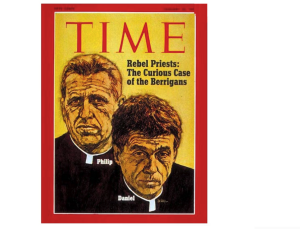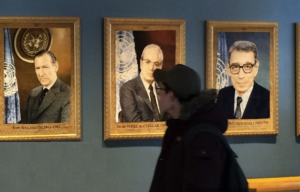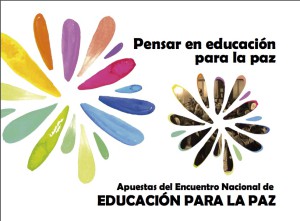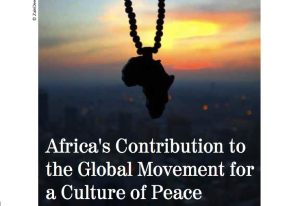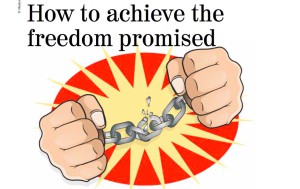FREE FLOW OF INFORMATION
An article by Gu Zhenqiu for Xinhuanet
The first public interviews with the current nine candidates vying to be next UN secretary-general and a three-day event which is first of its kind in the 70-year history of the world body, concluded here [at the United Nations] Thursday [April 14] with 193 UN member states judging their performance and answers to the questions from the globe.
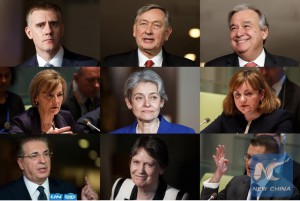
This combination photo shows the candidates for the next United Nations Secretary-General. Upper row from left to right: Igor Luksic, Montenegro’s deputy prime minister and foreign minister, Danilo Turk, former president of Slovenia, Antonio Guterres, former prime minister of Portugal and former UN High Commissioner for Refugees. Middle row from left to right: Vesna Pusic, former Croatian foreign minister, Irina Bokova, director-general of United Nations Educational, Scientific and Cultural Organization (UNESCO), Natalia Gherman, former minister of foreign affairs and European integration of Moldova. Bottom row from left to right: Srgjan Kerim, President of the 62th session of the United Nations General Assembly, and former minister of foreign affairs of Macedonia, Helen Clark, former Prime Minister of New Zealand and Administrator of the United Nations Development Programme (UNDP), Vuk Jeremic, President of the 67th session of the United Nations General Assembly, and former Foreign Minister of the Republic of Serbia. (Xinhua/Li Muzi)
Click on photo to enlarge
The questions – which also came from members of civil society – to the five men and four women along with their answers were heard via webcast. In fact, the public hearings, also known as “informal dialogues” within the United Nations, rekindled the debate on how to make the global organization more relevant, transparent, efficient and effective in efforts to deal with grave global challenges, such as climate change and terrorism.
The questions, put forward either by a diplomat on the scene or a child through video, were intended to help choose the best person to succeed the current UN Secretary-General Ban Ki-moon, whose tenure is to end on Dec. 31.
The questions were challenging, illustrating high expectations of the international community to see a strong UN chief at the helm of the world’s most universal and authoritative organization.
There were questions that illustrated how different countries have different concerns based on their national interests.
For instance, African and Caribbean countries worry about a lack of access to concessional funds from industrialized nations in their development efforts, while Algeria and other states also voiced concerns at the unbalanced and inequitable composition of UN staff at headquarters in New York in terms of gender and geography.
(Article continued in the column on the right)
Can the UN help move the world toward a culture of peace?
(Article continued from the column on the left)
African and Asian countries asked questions on how the next UN head will strengthen cooperation between the United Nations and regional organizations. Other countries, including Sierra Leone, wondered how the UN would execute its “zero tolerance” policy in a bid to end sexual abuse by peacekeepers in conflict-torn countries such as the Central African Republic.
A representative from Rwanda, who complained that “the conflict” raged in a regular pattern, particularly in Africa,” asked Helen Clark, one of the nine candidates and former prime minister of New Zealand, what measures she would take to reverse the trend.
Riyad Mansour, the permanent observer of Palestine to the United Nations, asked the candidates how they would end the Isareli-Palestinian conflict.
Small island countries, on the other hand, said they have been haunted by the impact of climate change. “What would you do to make sure countries take actions to stop catastrophic climate change?” a child asked via video.
Meanwhile, Brazil, Germany, India and Japan, which form the Group of Four (G4), asked most of the nine candidates about how he or she would reform the UN Security Council, the most powerful body in the UN family. Each of the G4 aspire to become permanent members.
There were also questions related to gender equality, human rights, sustainable development, the UN budget, UN management and UN peacekeeping operations.
Mogens Lykketoft, President of the UN General Assembly, told reporters that the event is just a “starting point” in the process of selecting the next UN secretary-general.
“I am surprised by the large number of countries and members of civil society coming forward to ask questions,” Lykketoft said. “It’s more than I expected.”
At this moment, there is still no public comments either by diplomats or senior UN officials on the performance of the nine candidates. People here at the United Nations are still arguing whether gender or geographical rotation should be the only criteria for the selection of the new top diplomat in the world.
But a key question remains: what impact will the open interviews have on the final decision by the UN Security Council, the 15-nation UN body which has the final say in deciding who will be the next UN chief?
Under the UN Charter, the secretary-general is chosen by the 193-member General Assembly on the recommendation of the 15-member Security Council.
In practice, this has meant that the council’s five permanent members, namely Britain, China, France, the United States and Russia, have veto power over the candidates. That will not change in deciding who succeeds Ban.


